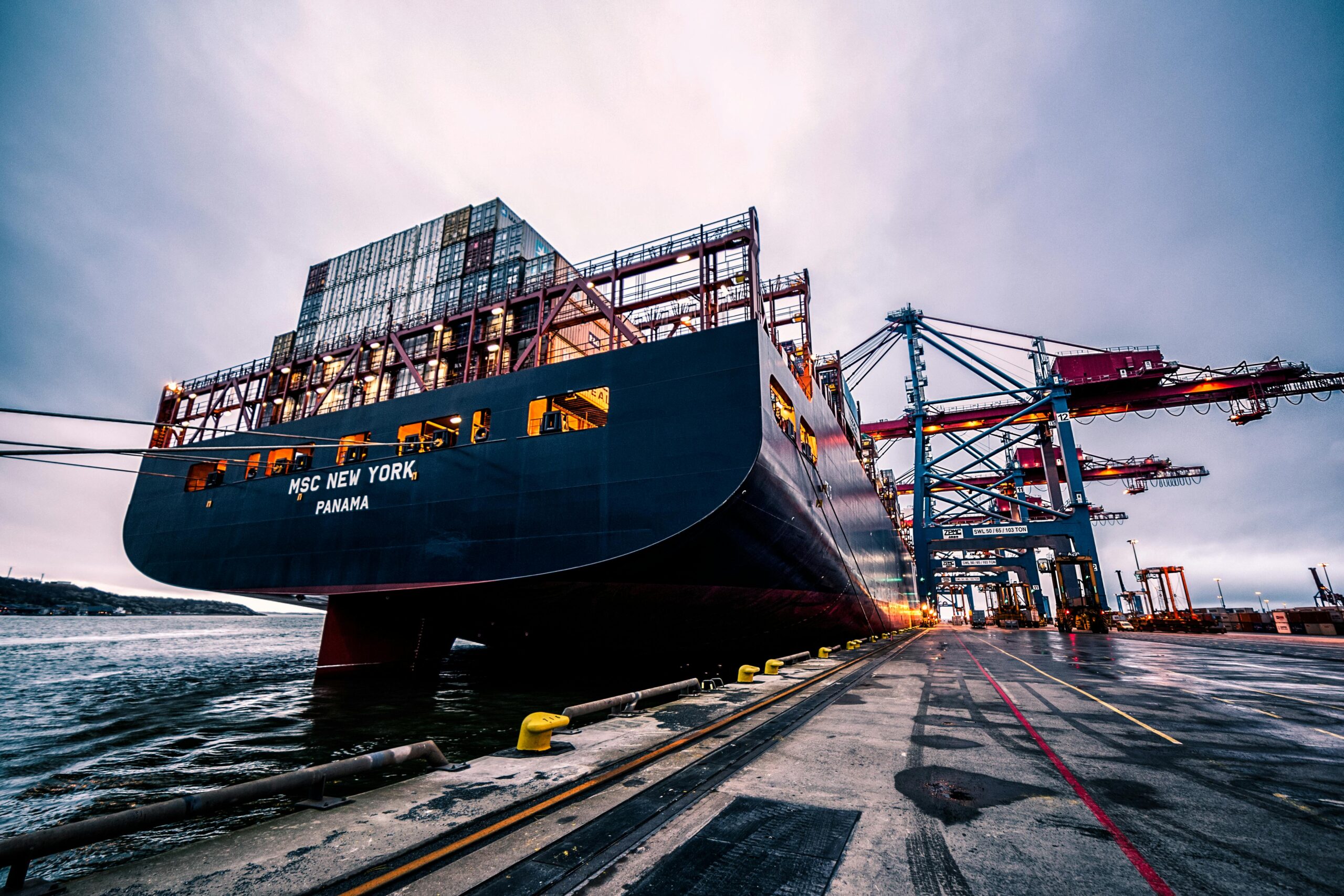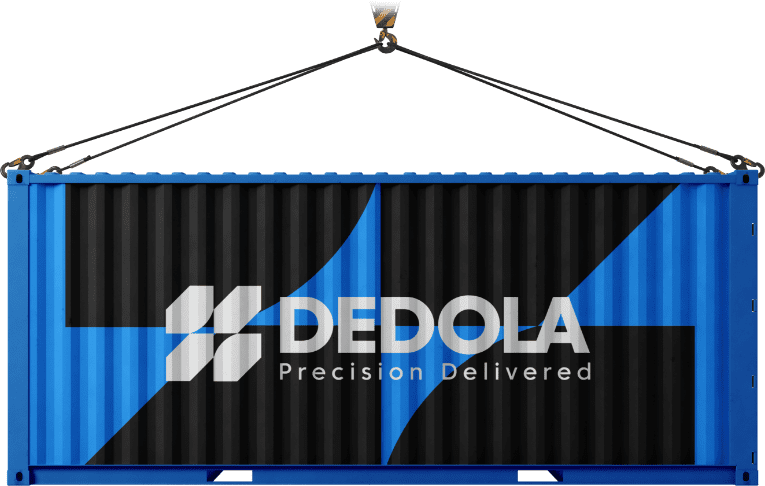Why does port choice matter?
Choosing the right port isn’t just about location—it’s about rhythm. Pick a congested port and you may pay in delay. A smaller port might seem nimble but could lack gear or customs efficiency. A wise freight forwarder tunes port strategy to your priorities: speed, cost containment, and reliability.
What should importers consider when choosing a port with their freight forwarder?
Importers should weigh tangible factors like congestion, infrastructure readiness, customs processing pace, and proximity to your final distribution. Each port has a distinct profile, and effective forwarders match that profile to your business’s needs.
Key Insights
- Port congestion disrupts global trade. Ports like LA, Savannah, and Houston have become chokepoints, rippling delays across supply chains.
- Mega-ports dominate volume—but not necessarily speed. LA, Long Beach, New York/New Jersey, Savannah, and Houston each handle over 9 million TEUs annually.
- Recent surge—and potential slow-down—tied to tariffs. The Port of Los Angeles hit a record 544,000 TEUs in July 2025—an 8% jump from July 2024—as importers rushed shipments ahead of tariffs. Experts expect volumes to ease in coming months.
Why it matters for importers
Shipping costs don’t end at the quay—they swell when your cargo waits. Congestion fuels detention fees and trucking delays. On the flip side, smaller ports might offer shorter inland hauling but may lack the scale to process complex or specialized shipments swiftly. Matching port behavior to cargo type, urgency, and inland logistics—now that’s precision.
How to build resilience with port diversification
Relying on a single busy port is like betting everything on red at roulette. Strikes, weather, or infrastructure breakdowns derail supply chains. Spreading your shipments—some through Savannah, others via Houston—spreads risk. That requires tight coordination with carriers and inland networks, but pays dividends in exposure management.
How real-time data sharpens your strategy
Modern forwarders use dashboards to monitor congestion, vessel schedules, and port dwell times. They swivel quickly when delays arise. Integrating this with trucking and rail availability offers clients visibility and adaptability from dock to door.
Key Takeaways
- Port choice reshapes total landed cost—beyond freight rates.
- Major ports bring capacity—and potential bottlenecks.
- Alternative ports can lower inland or customs friction.
- Diversification offsets disruption and volatility.
- Real-time data tools empower proactive routing.
FAQ
Is the closest port always the cheapest?
Not always. Lower trucking costs can be offset by congestion, customs delays, or limited infrastructure.
Can smaller ports handle specialty cargo?
Sometimes—but not always. Capacity, equipment, and expertise vary. A freight forwarder vets these capabilities before recommending options.
How frequently should importers review port strategy?
At least annually—or whenever trade lanes, policies, or your supply chain patterns shift meaningfully.

About the Author
Michael Goldsmith is Dedola’s VP of Strategic Client Partnerships. With two decades in international trade and customs policy, he enables high-volume importers to navigate tariff volatility, optimize freight modes, and maintain cost control—even in turbulent regulatory environments. Learn more on Dedola’s About page or dive into our Tariff Classification Guide.





